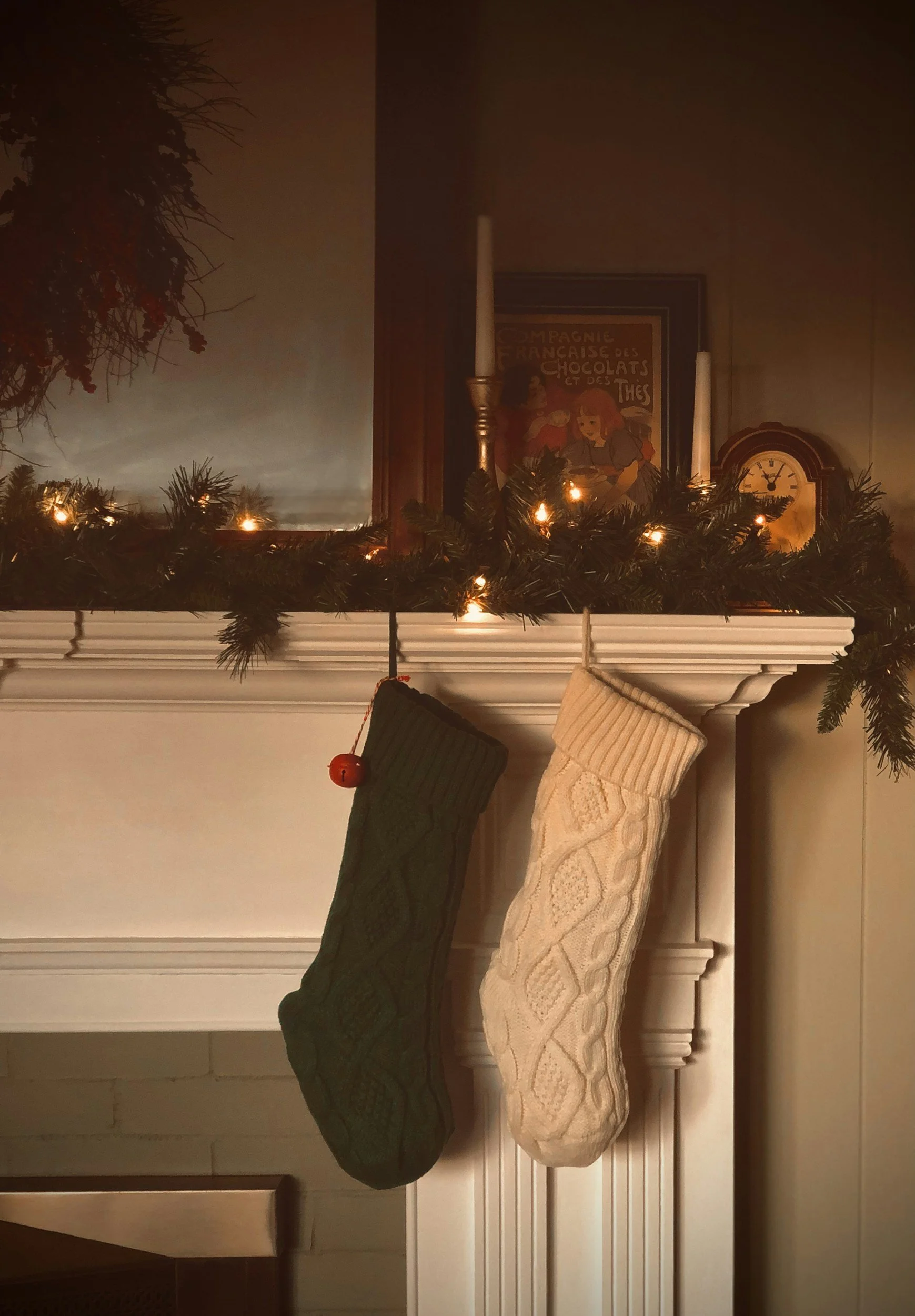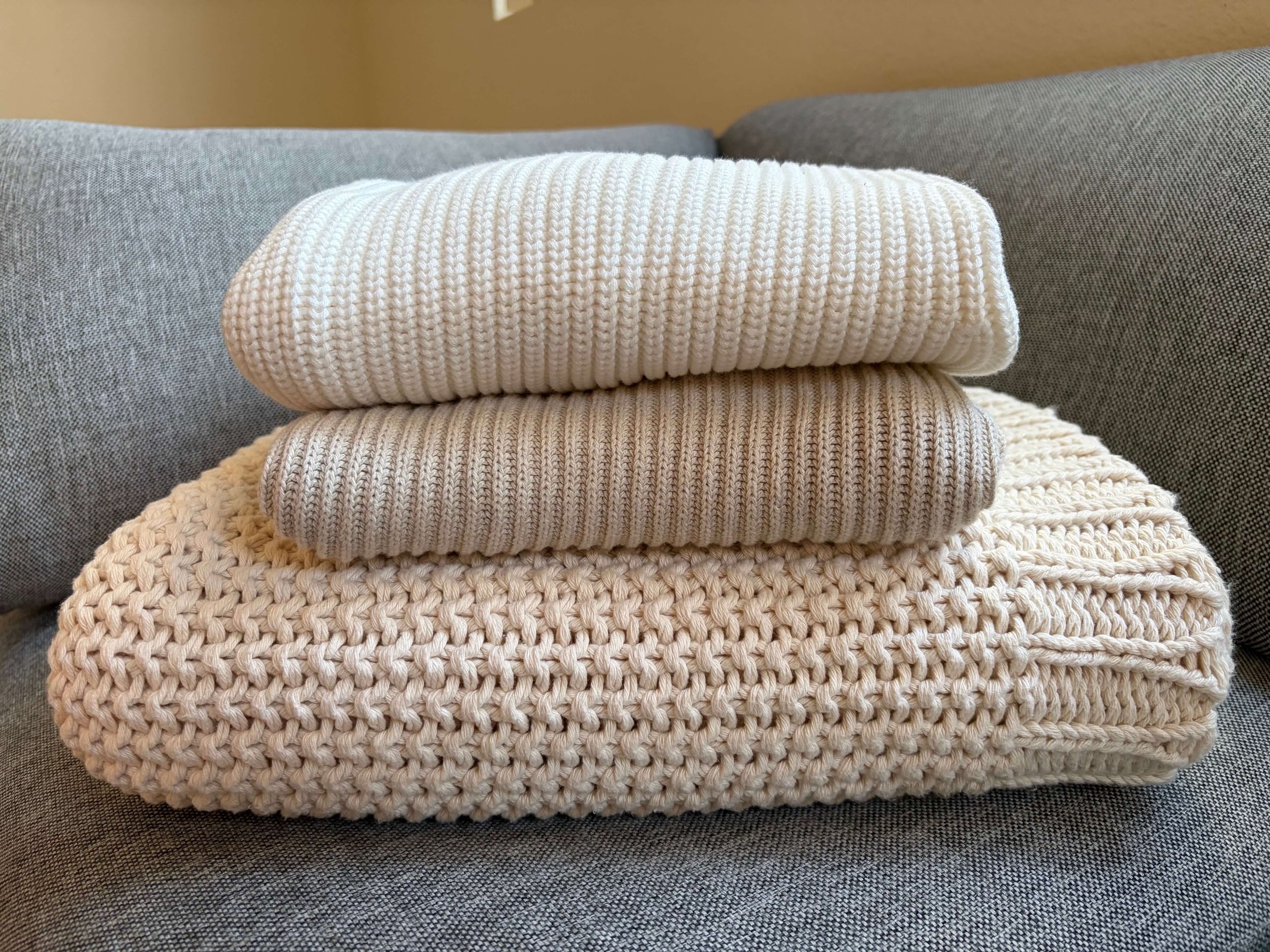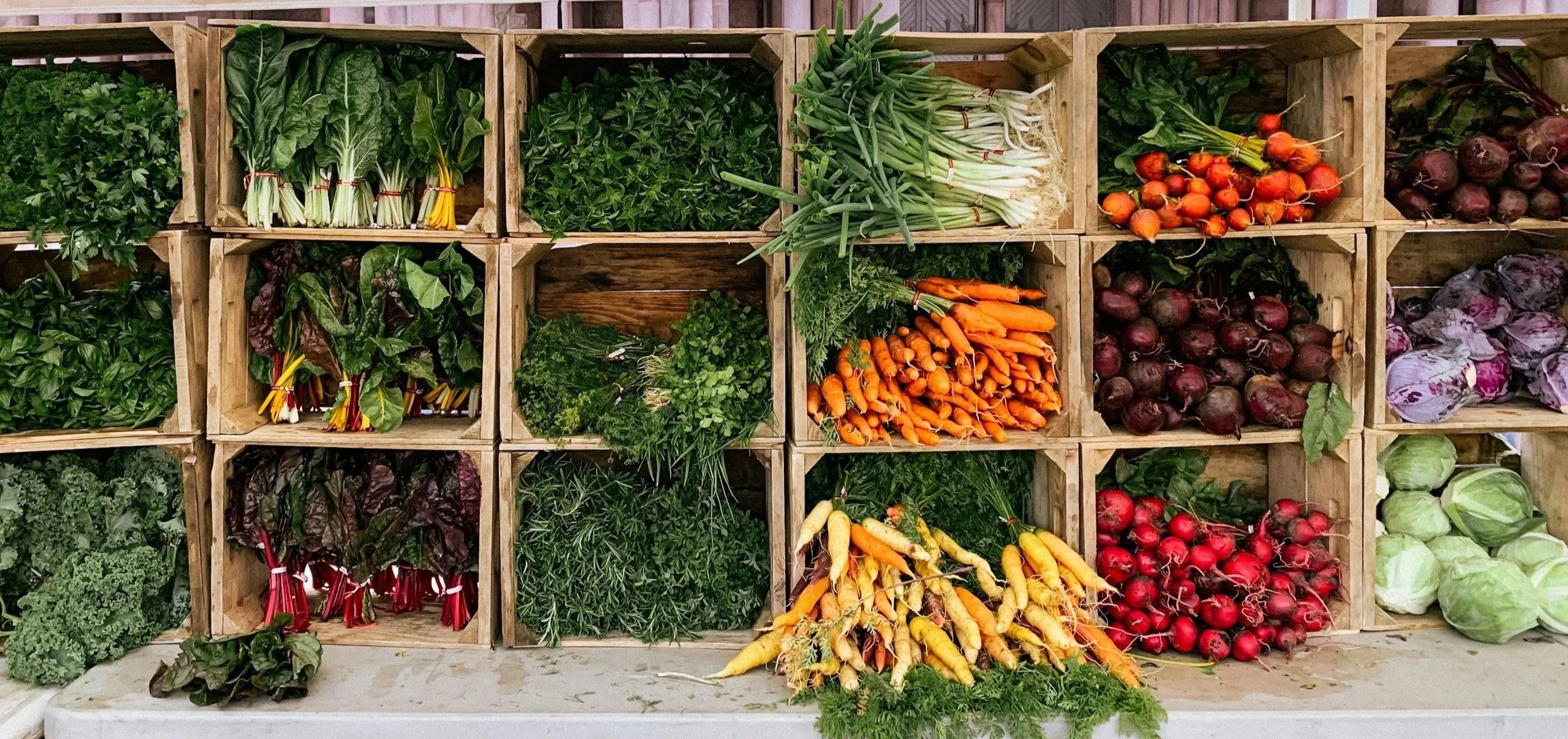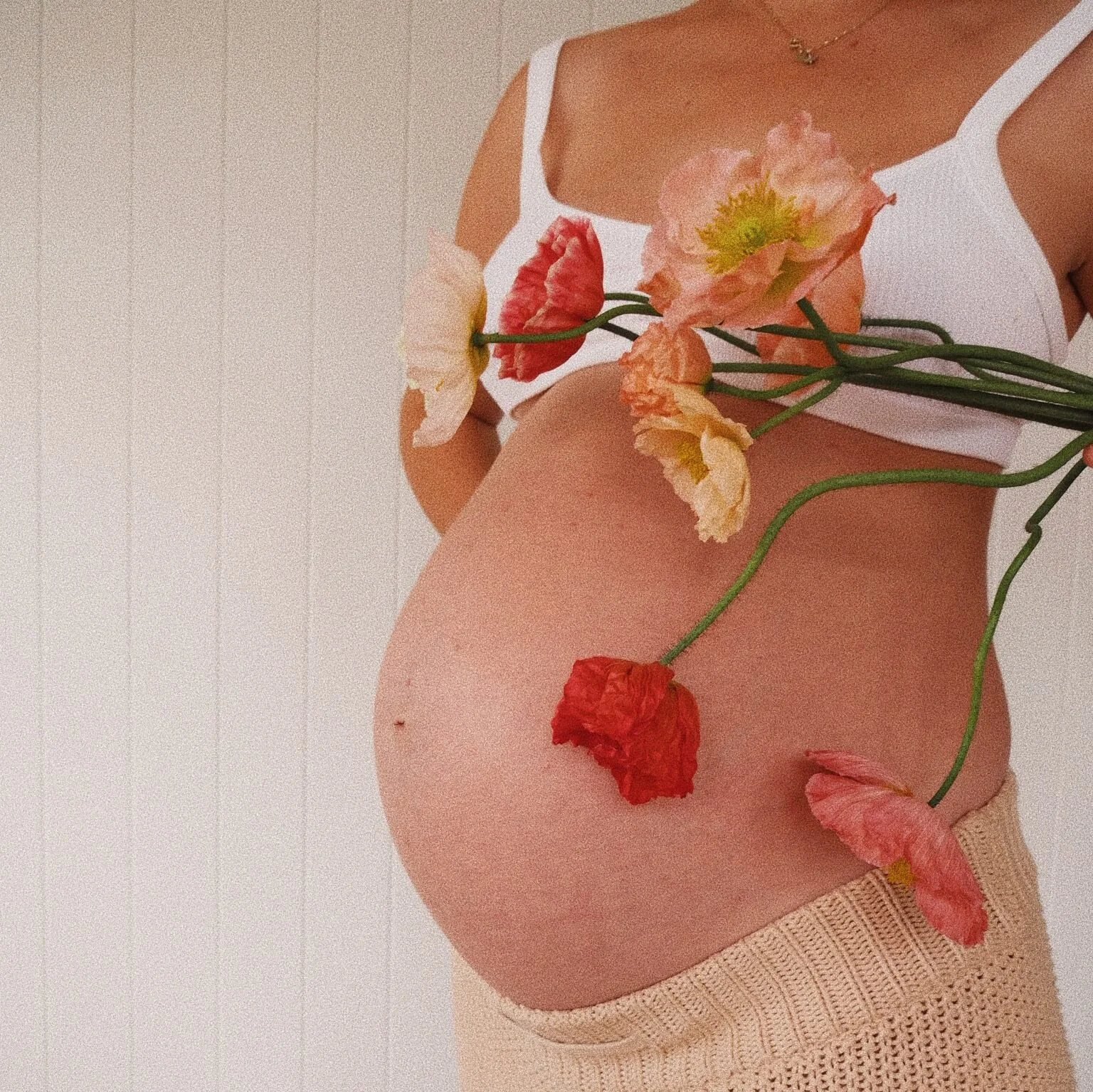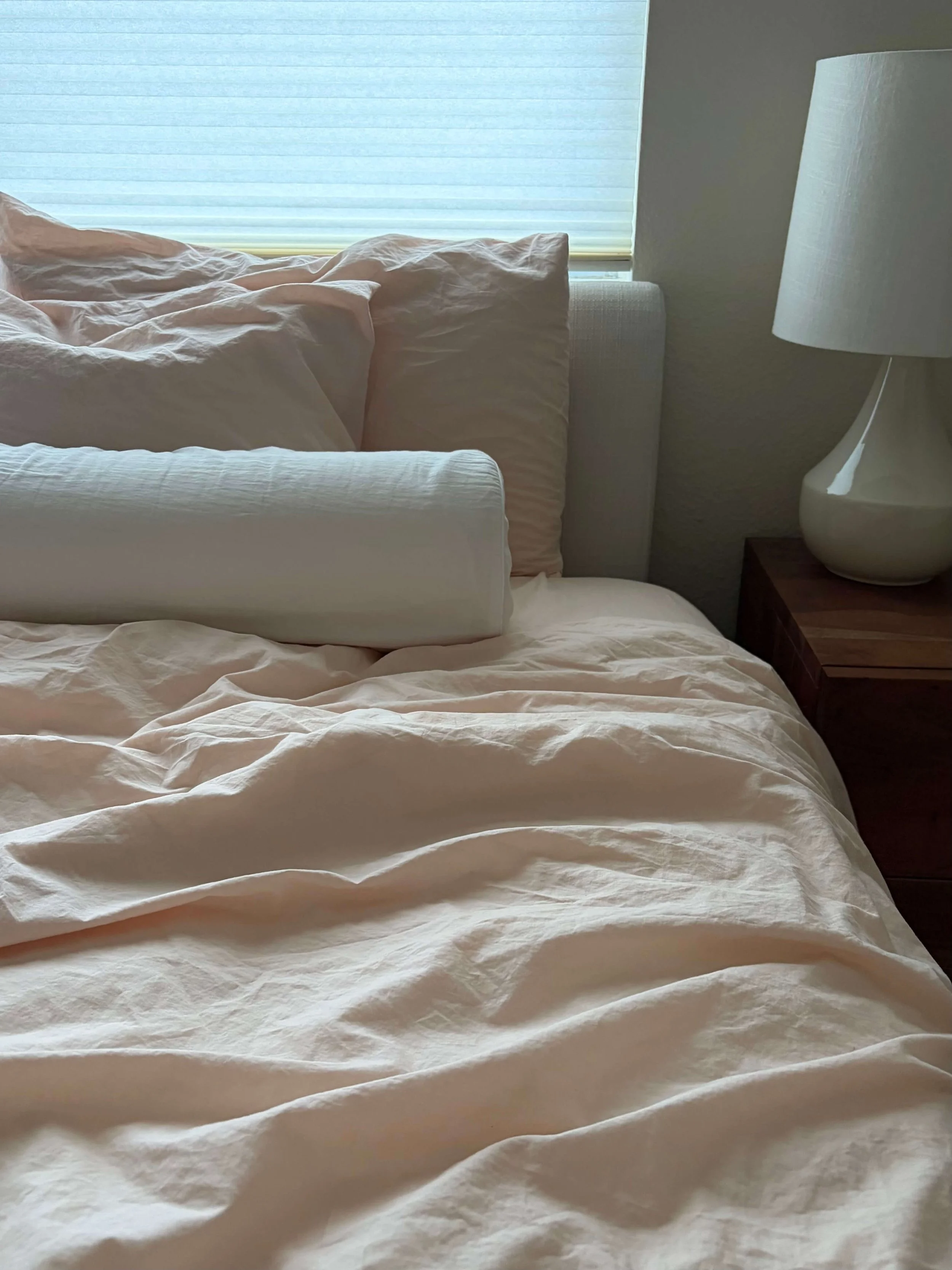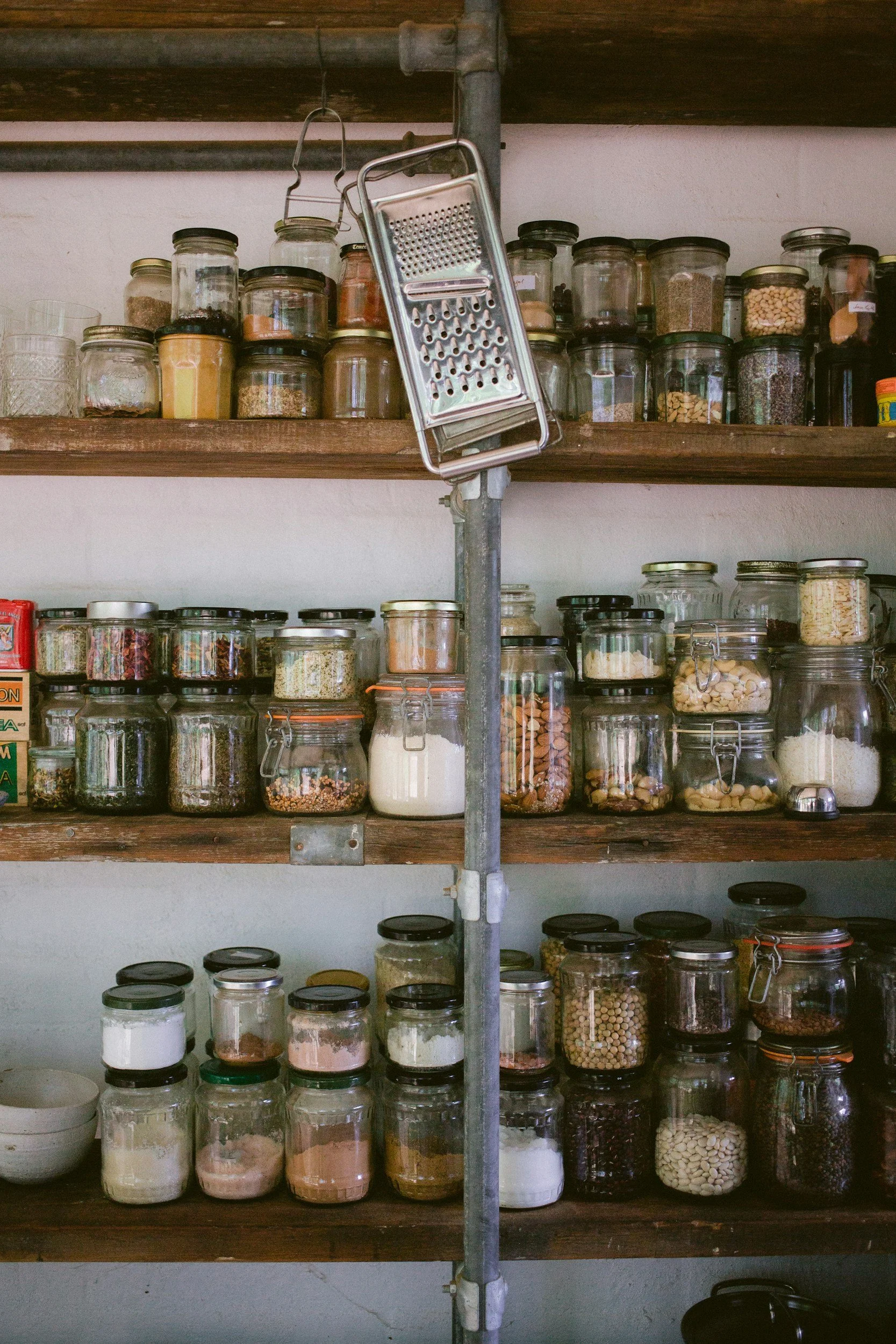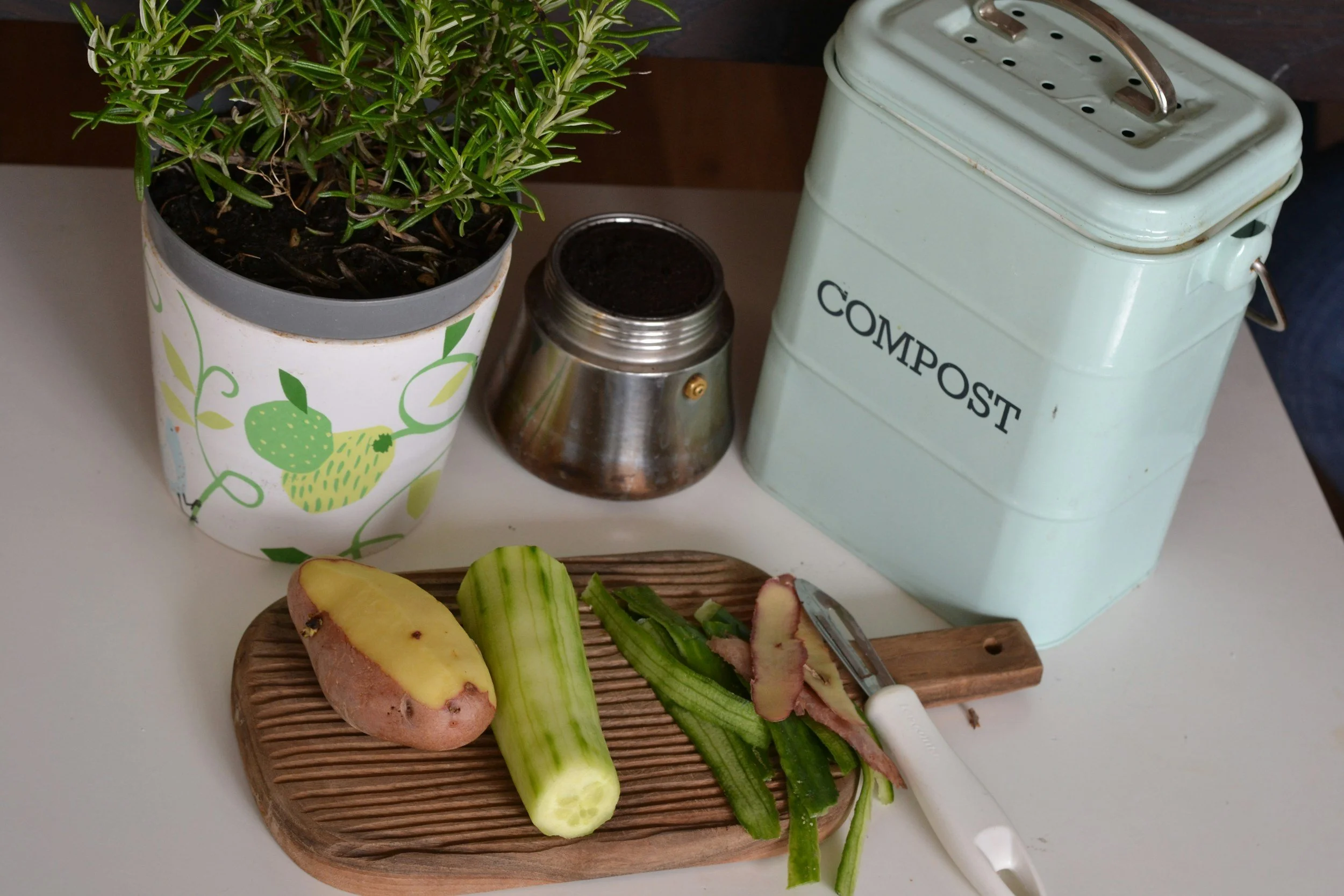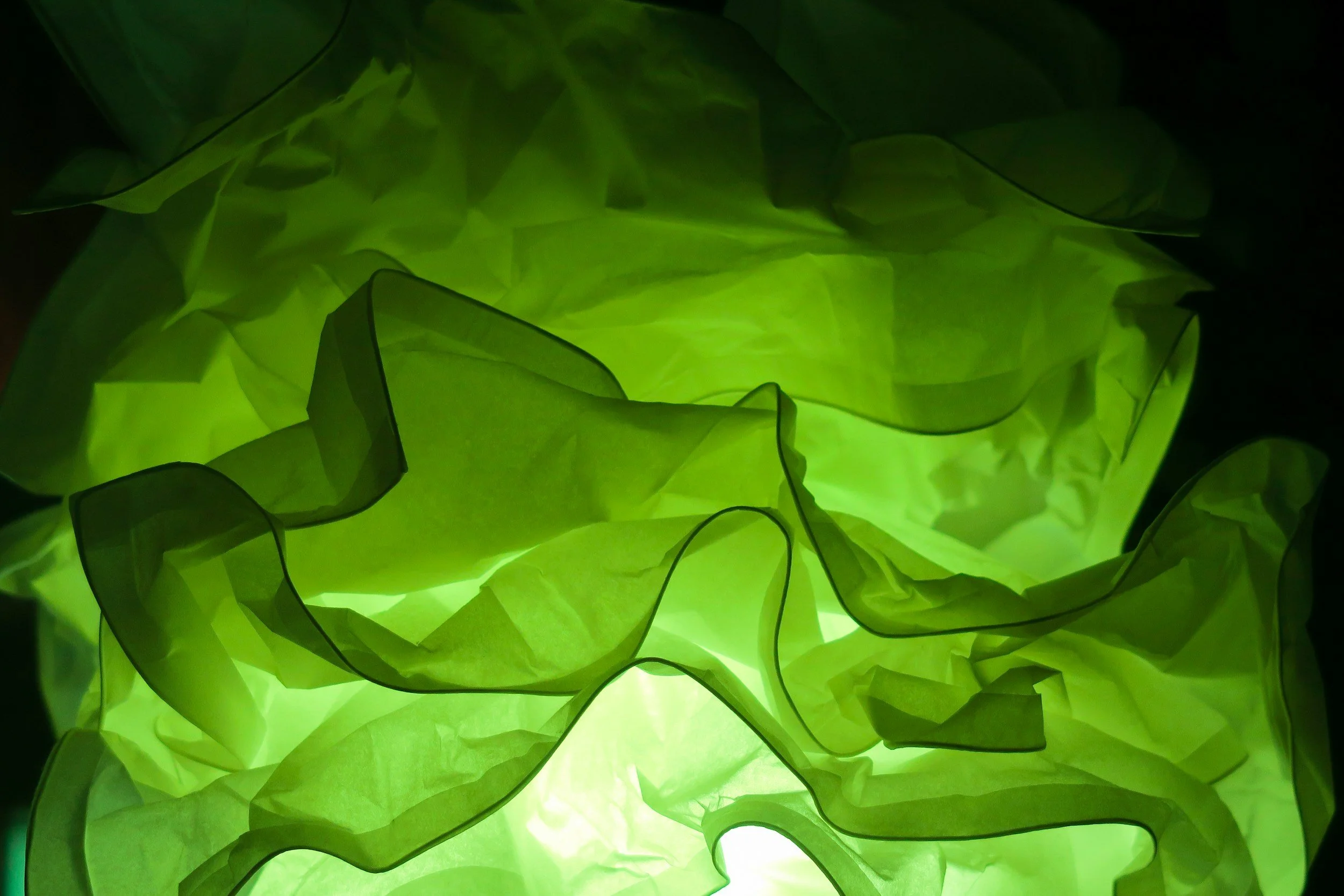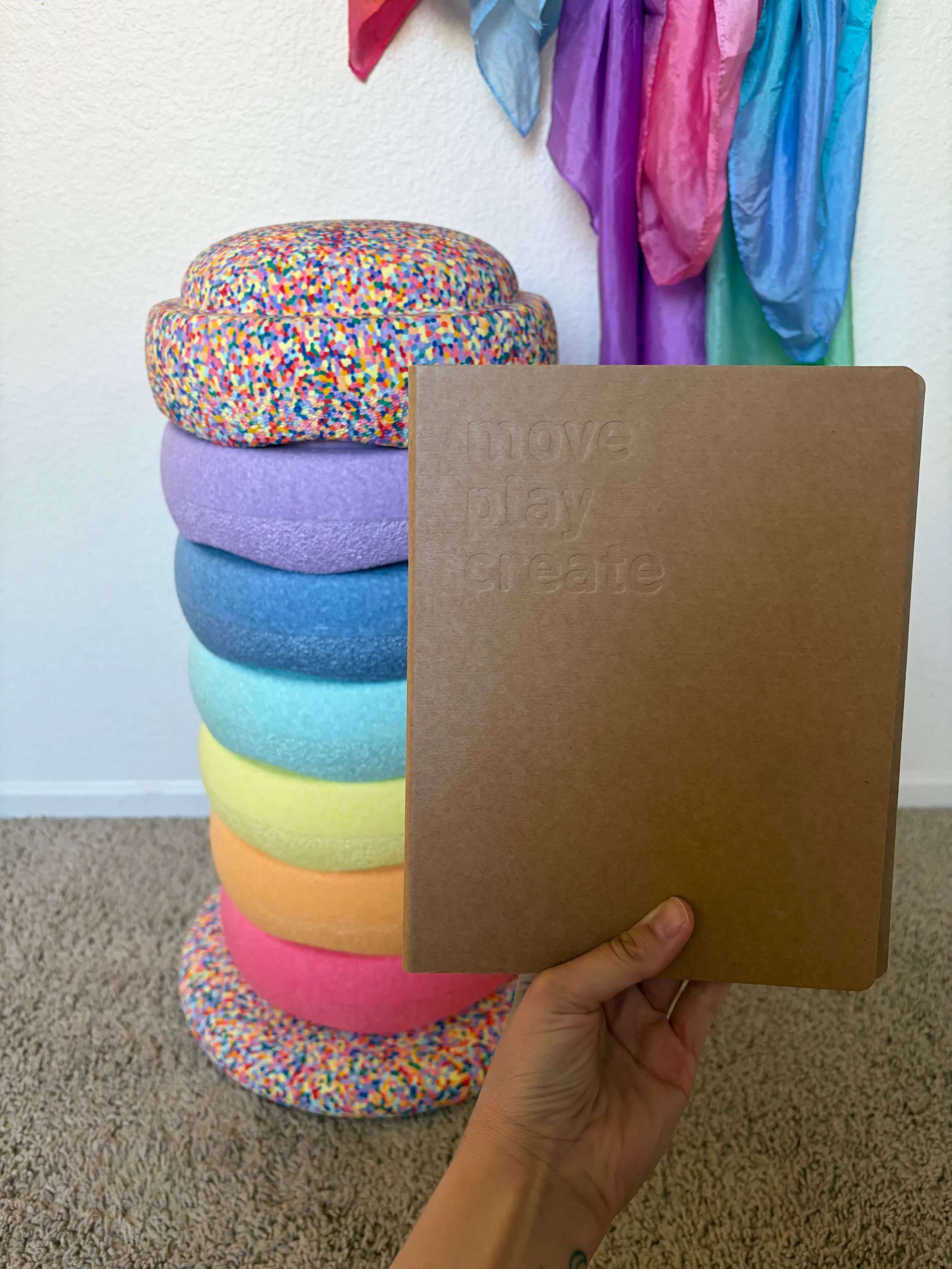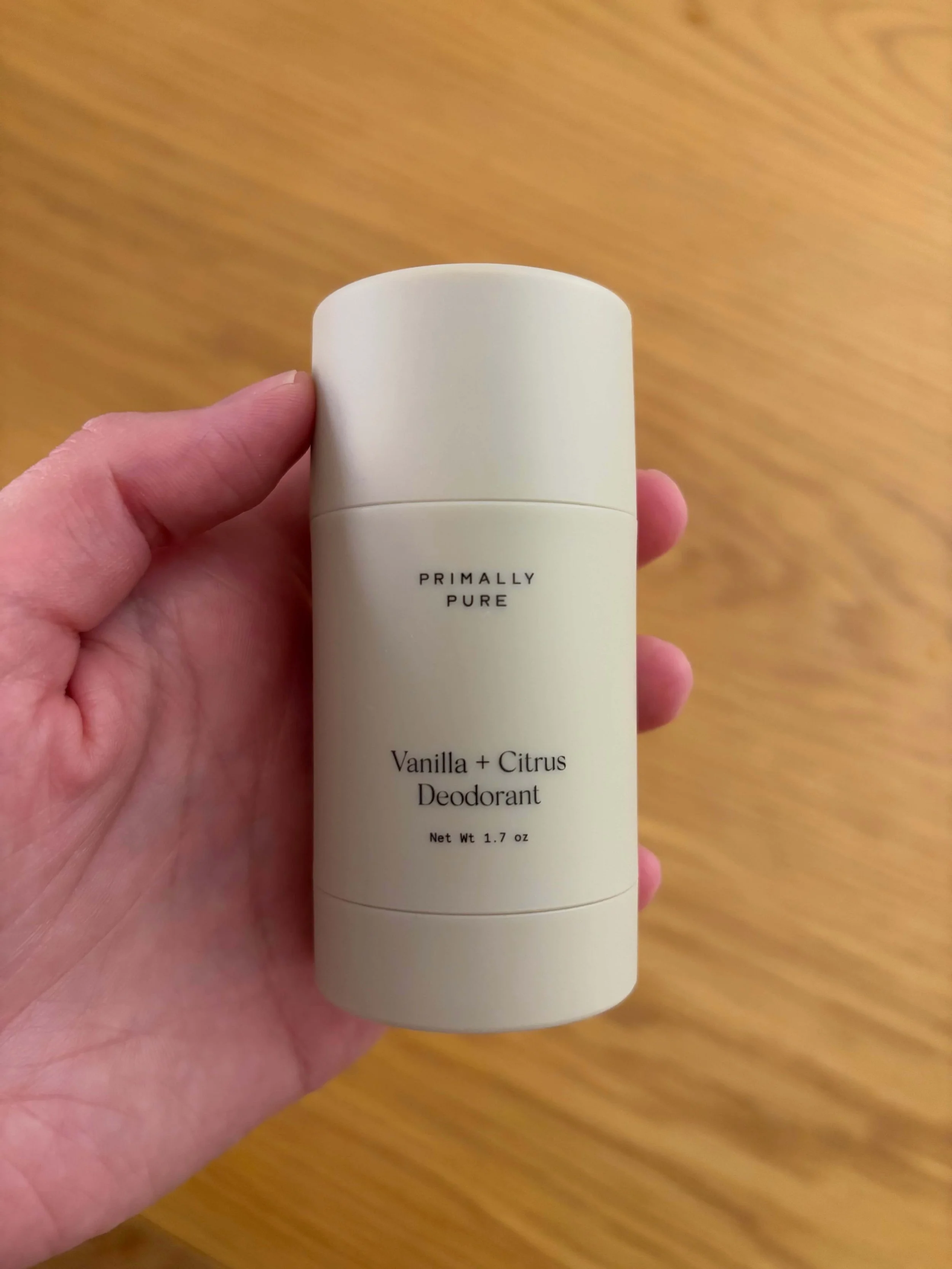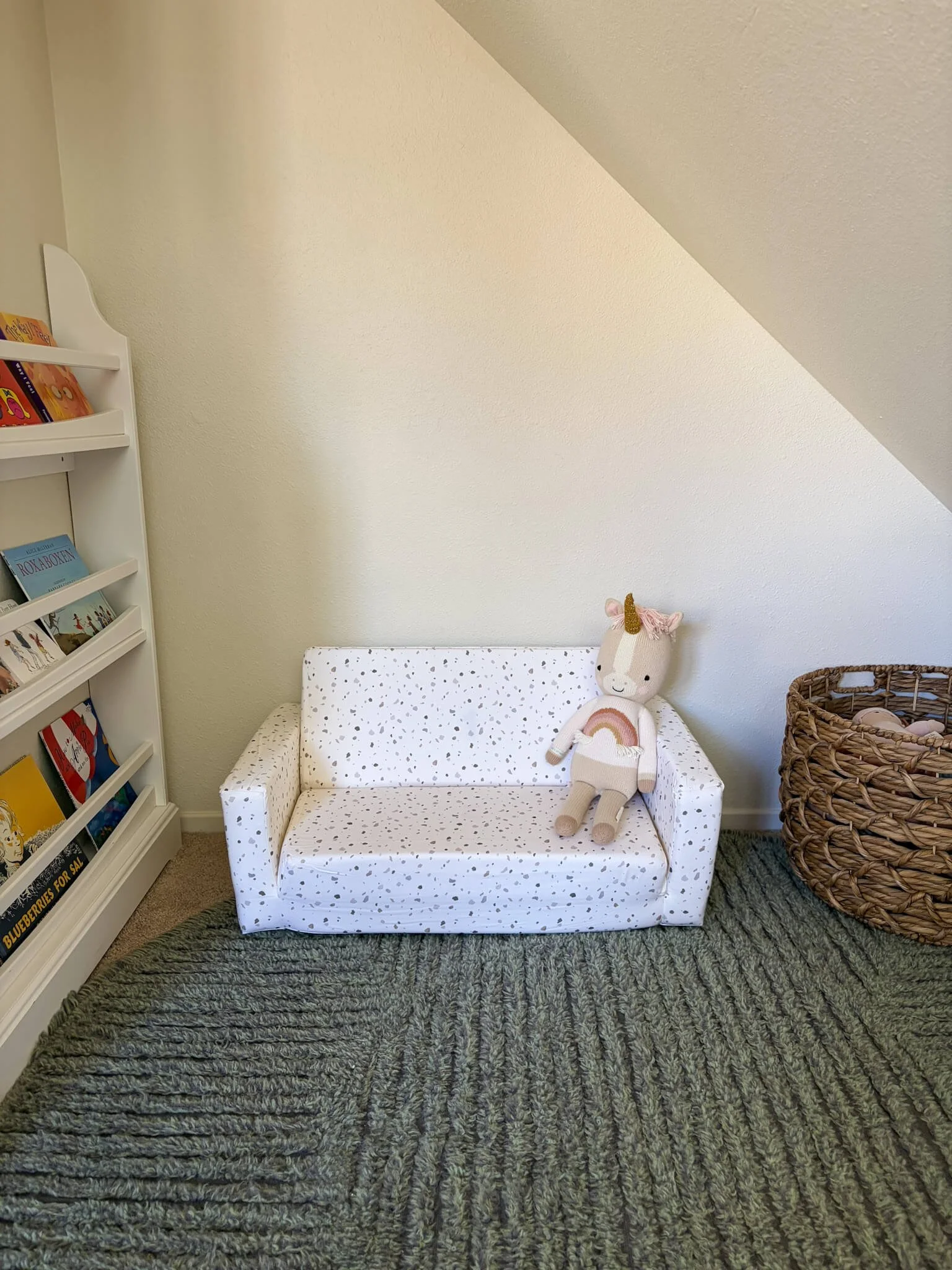The Truth About “Organic” Products: What That Label Really Means
We see the word organic everywhere — from skincare to cotton sheets to baby snacks. It sounds safe, pure, and non-toxic… but the truth is, not every product labeled “organic” is created equal.
I used to trust the word organic every time I saw it. I loved seeing so many brands prioritizing cleaner ingredients — but then I learned the truth. Some brands use the word loosely to grab your attention, even when the product still contains questionable ingredients or isn’t certified at all. Let’s break down what “organic” really means — and how to tell when it’s genuine versus when it’s just marketing.
Why “Organic” Matters
Choosing organic is about more than just avoiding pesticides. True organic standards protect your health and the planet. They regulate how crops are grown, how textiles are processed, and what can (and can’t) be added during manufacturing.
But here’s the catch: there are different types of organic certifications — and they’re not all equal.
Want to understand how “organic” fits into the bigger toxin-free picture? Read What ‘Non-Toxic’ Really Means for Families.
The Difference Between USDA Organic and GOTS Organic
USDA Organic
You’ll see this most often on food, supplements, and skincare. The USDA Organic seal means at least 95% of ingredients are organically grown and the remaining 5% come from an approved list. It also ensures crops aren’t treated with synthetic pesticides or GMOs.
GOTS (Global Organic Textile Standard)
This one covers textiles like bedding, towels, and clothing. GOTS goes beyond organic fibers — it also limits the dyes, bleaches, and finishes used in production. It ensures both environmental and social responsibility across the entire supply chain.
If you’re buying organic cotton sheets or baby clothes, GOTS is the certification to trust.
Organic Ingredients vs. Organic Finished Products
This is where it gets tricky. Just because a product lists organic ingredients doesn’t mean the finished product is certified organic.
For example, a skincare brand might highlight one organic oil but still include synthetic preservatives or fragrance. Unless the whole product carries a verified certification (like USDA Organic or MADE SAFE), you’re still getting a mixed bag.
Pro tip: Check the front and back of the packaging. If you don’t see a certification seal, dig deeper. If you still can’t find one, it may be a brand that’s greenwashing you.
Learn how to spot “eco” language that doesn’t hold up in Greenwashing 101.
When “Organic” Doesn’t Equal Non-Toxic
Organic doesn’t automatically mean chemical-free.
Some “organic” beauty products use fragrance, even natural fragrance should be avoided.
Organic textiles can still be dyed or finished with chemicals unless GOTS-certified.
“Organic” bamboo often isn’t truly organic — it’s chemically processed rayon labeled to sound greener than it is.
Always pair organic with a non-toxic mindset. The best products are both organic and third-party tested for safety.
How to Shop for Truly Organic Products
Here’s what I look for when I’m shopping organic:
✔ Certification seal (USDA Organic, GOTS, or MADE SAFE)
✔ Full ingredient transparency — nothing hidden under “fragrance” or “blend”
✔ Minimal processing — fewer synthetic steps between nature and your product
✔ Sustainable packaging — because eco-consciousness doesn’t stop at the label
Real-World Examples
Bedding: Look for GOTS-certified organic cotton (brands like Nest Bedding or Avocado are great examples).
Skincare: Choose products with the USDA Organic or MADE SAFE seal (Primally Pure is one of my favorites).
Clothing: Seek GOTS + Fair Trade certifications for both material quality and ethical production (Harvest & Mill is a great option).
Final Thoughts
“Organic” can be an amazing starting point — but it’s not the whole picture. Pairing organic with non-toxic standards and sustainable values gives you the safest, most trustworthy products for your family.
When you know what the labels actually mean, you’re no longer guessing — you’re choosing with confidence.
Quick Tips
Always look for a certification seal — not just the word “organic.”
GOTS = textiles, USDA = food and skincare.
Beware of “organic bamboo” — it’s often just rayon in disguise.
Transparency wins every time. Brands that have nothing to hide will show you everything.
📖 Part 3 of the 7 Days to a Non-Toxic Home Series
Day 1: How to Read a Non-Toxic Label
Day 2: Certifications That Actually Matter
Day 3: The Truth About Organic Products
Day 4: Greenwashing 101: How to Spot It
Day 5: What “Not Toxic” Really Means for Families
Day 6: Sustainable vs. Non-Toxic: Why Both Matter
Day 7: How to Transition to a Non-Toxic Home Without Overwhelm








